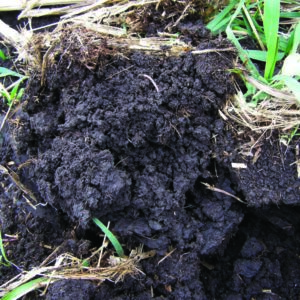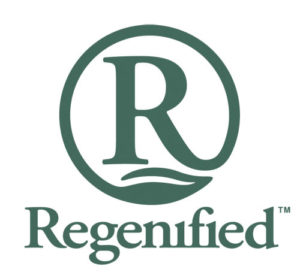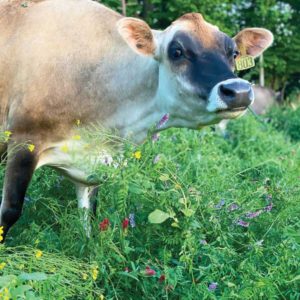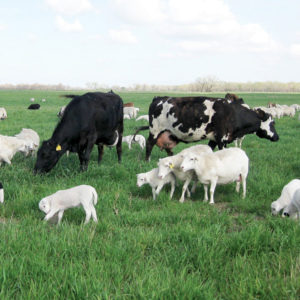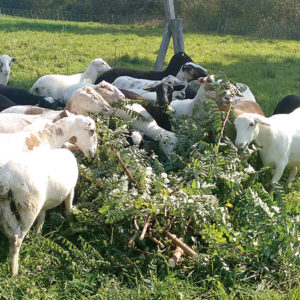They don’t cost much, either
By Allen Williams
Interest in regenerative agriculture is growing exponentially. With the rapid rise in almost every conceivable input cost coupled with ongoing weather extremes, we are seeing more farmers and ranchers express significant interest. The flood of inquiries is often overwhelming.
This interest is coming not only from farmers and ranchers here in the U.S., but from farmers around the world. Weather extremes continue to be the norm. Drought in the Extreme to Exceptional categories continues in many areas in the western U.S., while others are experiencing flooding conditions.
For all of us, the time to reinvigorate our regenerative efforts is now. We simply cannot afford not to.
The question for all of us is: “Are we doing enough, both on our own farms and to persuade our neighbors to make positive changes?”
In order to know where we are and to track our forward progress, we need measurement tools that allow us to quickly, easily and simply make progress. Within Understanding Ag, we use four simple tools to monitor our soils and conditions on a routine basis.
Anyone can use these tools. Anyone can afford these tools. They do not require collecting samples and shipping to a laboratory and waiting days or weeks for results. They do not require ongoing expenditure.
Continue reading “Four simple tools for measuring progress”
